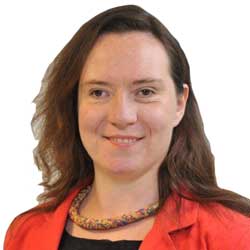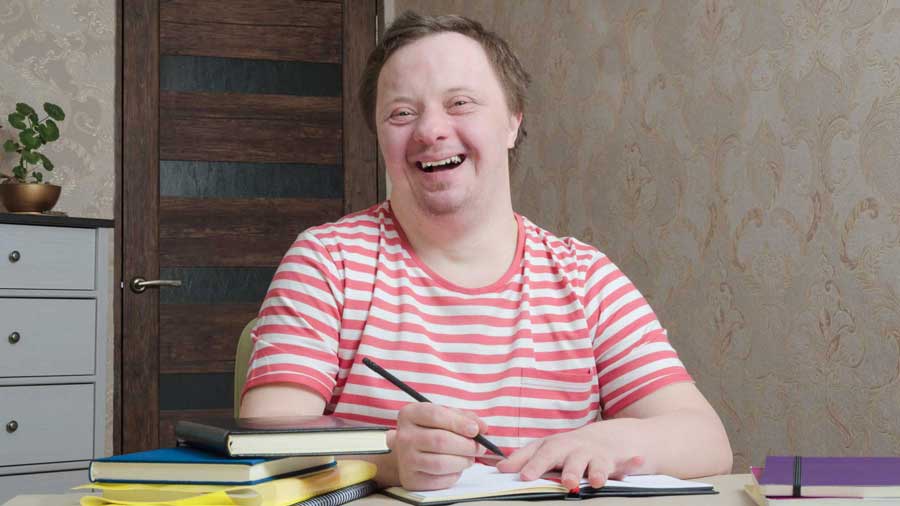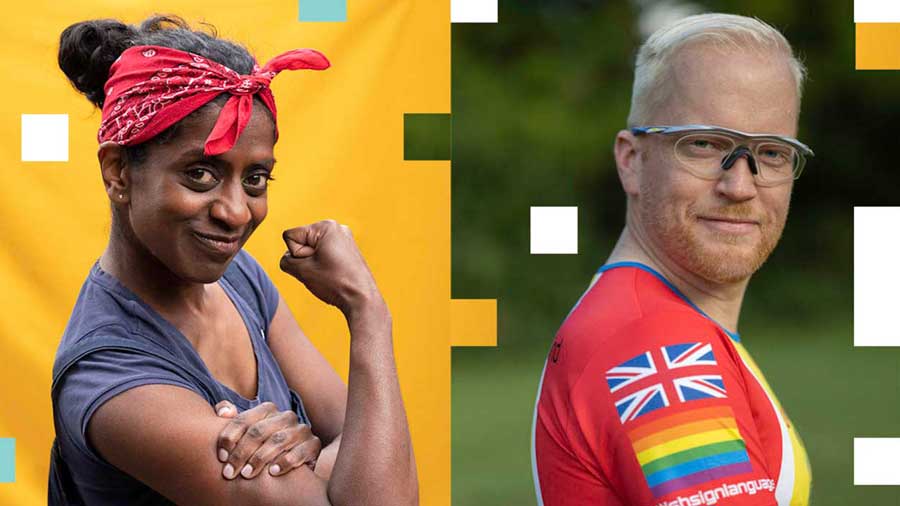Building inclusive boards
Recruiting board members with lived experience of disability can be a challenge – but for disability organisations it is essential for credible governance

RECRUITMENT
Image: Istock

Cllr Eleanor Southwood
Cabinet Lead Member for Housing and Welfare Reform, Brent Council; former Chair, RNIB
It is no secret that boards struggle to achieve diversity when it comes to disability. For disability organisations this goes beyond an awkward truth and creates a unique set of challenges.
Having a board that reflects its customers is sometimes necessary for earning the right to pursue greater diversity. It is also increasingly a matter of credibility. A frequent question I was asked as chair of the Royal National Institute of Blind People (RNIB) was: “So how many people on the board are actually partially sighted?”
The trouble is that the talent pool is small and not particular diverse. It is little wonder that organisations serving groups who experience systemic barriers to employment and career progression struggle to find hundreds of ‘board-ready’ candidates.
And of course, not all suitably qualified disabled people want anything to do with disability organisations. It is no less frustrating, however, that time and again, we find ourselves short of suitable board candidates.
Even then, boards that are able to include disabled people risk falling short on wider diversity and perpetuating existing privilege. Also, a board’s diversity tells us little about whether an organisation is genuinely driven by the lived experience of its customers. So what can be done?
Diversifying the pool
Action must be taken to increase both the number and diversity of board members with lived experience. A board whose makeup is not perceived to be credible risks never getting past first base on diversity. I have been robustly challenged on the perceived insult of diversity efforts when this fundamental criterion of board representation has not been met.
Resistance to boards that are not getting representation right pursuing wider diversity is unhelpful. To overcome this boards must be able to demonstrate that they are building pipelines of candidates with lived experience.
The pool of candidates with lived experience of disability is neither large, nor particularly diverse. Organisations find themselves recruiting from a group which is itself a microcosm of the structural inequities of wider society.
Adequately resourcing efforts to broaden the pool is essential. Creating shadow boards and using second tier governance structures to bring on people with expertise that might develop into strategic board contribution are just a couple of techniques.
“Board members with relevant lived experience bring something special to the party. The trick is to ensure that this perspective takes its rightful – and proportionate – position in the conversation.”
Beware lived experience
A diverse board is not a proxy for an organisation taking lived experience seriously. There is an understandable tendency for boards to defer to colleagues with lived experience when it comes to matters of policy. If a few voices become synonymous with an organisation’s views, a perception of personality-driven decisions can quickly follow. Boards need to be mindful that policy positions and messaging are seen to reflect more than one or two people’s opinions.
Board members with relevant lived experience bring something special to the party. The trick is to ensure that this perspective takes its rightful – and proportionate – position in the conversation.
There are ways for boards to ensure their organisations are responding to a diversity of lived experience. Executives can present specific evidence of how recommendations have been developed; board members will get a sense check when they speak directly with staff and customers; and a quick scroll of social media will reveal whose voices are being amplified.
Everyone involved in organisation governance must strive to increase board diversity. But we must also ensure we maintain effective discussion and decision-making to make the most of a diverse range of experience and skills.
To discuss this article, email Gera Patel or Dawn Matthews


